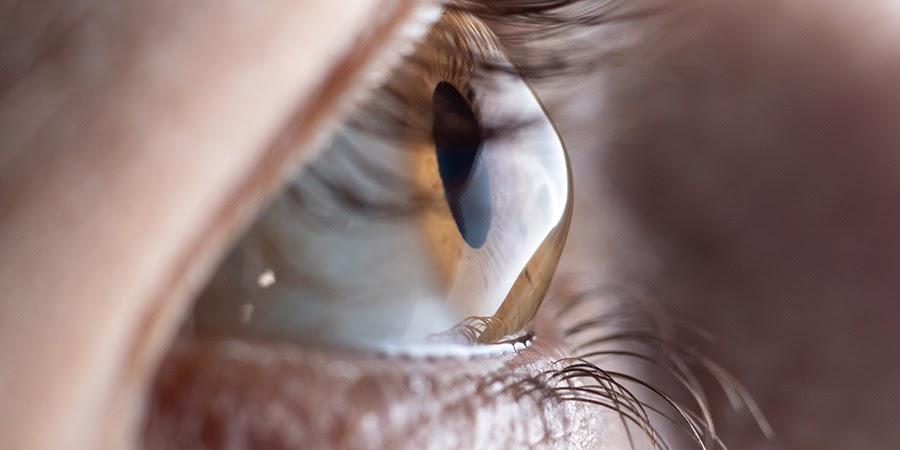Many eye conditions can affect a person, these range in severity and symptoms. A relatively common ailment that affects an estimated fifty to two hundred of every hundred thousand people is keratoconus. While it does not lead to complete blindness, it can cause other severe symptoms if left untreated. In this article, we will examine this condition.
What is Keratoconus?
It is a noninflammatory eye condition that causes a central thinning of the cornea, leading it to bulge outward in the shape of a cone instead of the standard dome shape. It progresses slowly for ten or more years and can affect both eyes, though one eye may have more severe symptoms than the other. The disease starts to affect people who are between the age of 10 and 25.
What are the symptoms?
Due to the protrusion of the cornea, the following symptoms may occur in those afflicted with this condition.
Blurry Vision
Patients usually would note that their vision is blurry or distorted. They will be unable to see objects clearly and will have difficulty navigating daily routines.
Increased sensitivity to light and glare
Due to the cone shape of the cornea, bright light and glare can be painful and uncomfortable, causing people to squint or turn away. It can cause significant issues when driving at night.
Eye redness or swelling
Due to the condition, the sclera- the white part of the eye- may become red and painful. The cornea may also swell, affecting one’s vision. A tiny crack in the cornea causes it due to strain induced by the protrusion.
Frequent changes to eyeglass prescriptions
Due to the progressive worsening of vision, a person will frequently find themselves needing new eyeglass prescriptions.
Discomfort when wearing contact lens
As the shape of the cornea has changed to a more cone-like one, a standard contact lens will not be able to cover the eye adequately. It may also irritate the thin lining of the cornea and could result in pain and discomfort.
What is the treatment?
This condition requires early treatment to ensure that symptoms do not worsen. As mentioned before, it does not lead to complete blindness; however, it can cause significant loss of vision, irregular astigmatism, nearsightedness, intense light sensitivity, corneal swelling, and scarring. If a cornea is scarred, it can cause severe vision problems and possibly require cornea transplant surgery.
For keratoconus treatment, corrective lenses can help manage visual impairment initially, but it will require corneal cross-linking to prevent the disease from progressing. Surgery might be required to correct the condition in severe cases. There are two main types of surgery; penetrating keratoplasty, a full-cornea transplant, and deep anterior lamellar keratoplasty, which preserves the internal lining of the cornea that can sometimes be rejected during a full transplant.
As with all eye conditions, keratoconus needs to be identified and treated before it reaches an advanced stage. If you or your loved one have the symptoms mentioned above, it might be in your best interest to visit an eye specialist and have your eyes examined.
